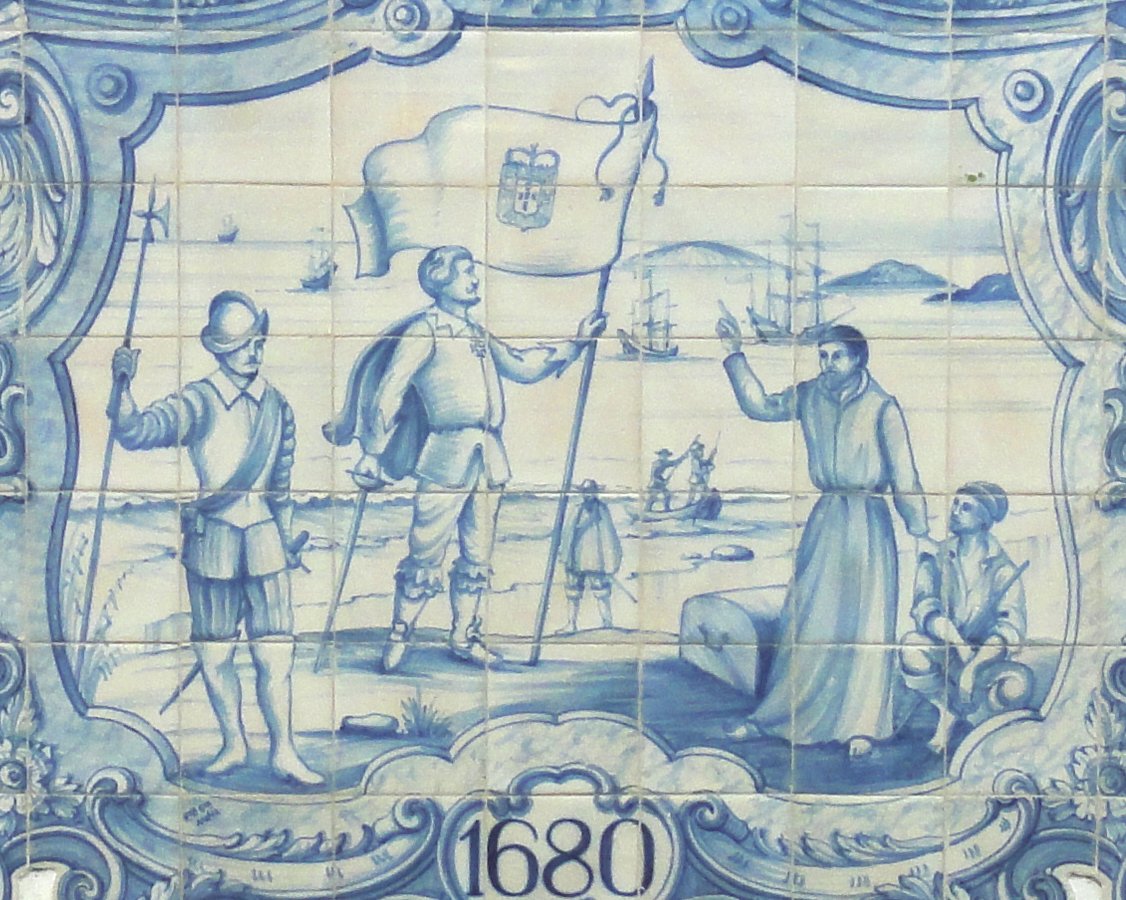🇺🇾map Uruguay [Overview]

Uruguay, known locally as República Oriental del Uruguay, sits on the southeastern edge of South America between Argentina and Brazil, with the Atlantic Ocean along its eastern rim and the Río de la Plata estuary to the south. Its landscape is a calm sweep of rolling plains and low hills, giving way to sandy, marshy shores and long, inviting beaches. Uruguay’s population is small by regional standards yet highly urban, with most people clustered in and around Montevideo, a capital that blends European architecture with riverside mate sessions and leafy parks. The country’s name comes from Guaraní and is often interpreted as “river of shellfish,” a reminder that its identity has long been tied to waterways and trade.
Economy
Uruguay’s economy leans on services, agriculture, and livestock, with beef and wool as enduring pillars and a strong tradition of dairy and grain production. Many people work in education, public administration, finance, logistics, and tourism, while rural areas revolve around ranching and agro-industry. Natural assets include fertile pastures, an Atlantic coastline that supports ports and tourism, and a network of navigable waterways linked to the Río de la Plata. In recent years, Uruguay has also courted tech and back-office services, helped by reliable internet and a skilled workforce.
Despite its modest size, Uruguay is well connected: Montevideo’s port is a key regional hub for the Southern Cone, and the country’s open, rules-based business environment makes cross-border operations relatively straightforward. Uruguay participates in Mercosur alongside Argentina, Brazil, and Paraguay, provides stable access to regional markets, and maintains a reputation for strong institutions and steady macroeconomic policy. For expats and digital nomads, this translates into dependable infrastructure, a service-heavy economy with international linkages, and an everyday rhythm that’s easy to plug into.
Culture
Spanish is the dominant language, and you’ll hear a distinctive Rioplatense cadence, with Italian inflections reflecting historic immigration. Uruguayans are largely of European descent, though the country’s story also includes African-Uruguayan communities and indigenous influences embedded in place names and traditions. National identity crystalized in the 19th century through independence struggles and the legacy of José Artigas, and the society later built a strong welfare tradition—public education and social protections that shaped middle-class life. Today, interests run from fútbol and literature to coastal summers, film festivals, and the ritual of sharing mate, which you’ll see carried in thermoses everywhere.
Religiously, Uruguay is one of the most secular countries in Latin America; many people identify as nonreligious, though Roman Catholic traditions remain culturally present and there’s growing diversity of beliefs. The calendar blends civic moments and festive gatherings: Carnaval lights up Montevideo’s streets with candombe drumming and parades, Independence Day celebrations reflect a proud republican spirit, and summer towns like Punta del Este buzz with concerts and international events. Food is as social as it is delicious—think asado on the parrilla, chivito sandwiches, Italian-influenced pastas on Sundays, and plenty of dulce de leche for dessert.
Maria
Maria is a bilingual travel writer and immigration consultant originally from Mexico City, with extensive
experience living and working across Latin America. She spent her early career as a journalist covering
cross-border migration and expatriate communities throughout Central and South America. Having personally
navigated complex visa processes in multiple countries including the United States and Spain,
Maria understands firsthand the challenges faced by Latin American professionals seeking international
opportunities.
Published: 2025-06-27